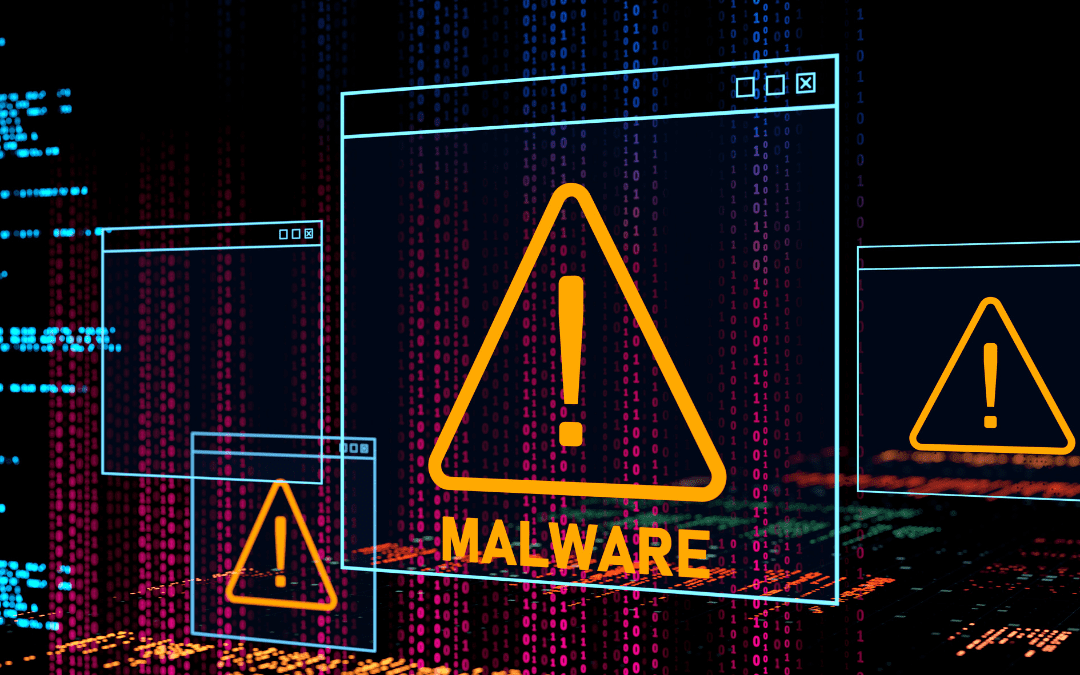Ransomware attacks are evolving. Threat actors are taking advantage of new tools such as automation, AI, and advanced extortion tactics to target a range of high-value industries where downtime and disruption carry massive costs. In many cases, they might be able to move faster than your cybersecurity systems can adapt. While ransomware can affect any organization, certain sectors are more at risk. If you’re in one of the industries listed below, it will be especially important to prepare your defenses.
Halcyon is the industry’s first purpose-built ransomware threat detection platform. It’s designed to help organizations across all industries detect ransomware earlier and defend against modern attack chains. That means you can recover faster and continue operations without paying a ransom.
In this post, we’ll help you find out if you’re at additional risk and explain how to manage ransomware threat detection with Halcyon’s forward-thinking approach.
What industries get hit with ransomware the most and how can they stop it?
Cybercriminals tend to go where the money, data, and operational leverage are. Based on the data from 2025 so far, the following industries are among the most targeted. We’ll cover why they’re particularly vulnerable and share our top tips for securing your data.
1. Healthcare
The healthcare industry reports the most expensive breaches at an average of $9.8 million, and it has remained at the top of industry costs for over a decade.
Healthcare is a major opportunity for threats using ransomware. Due to the sensitive nature of patient records, which contain financial, medical, and personal identifiers, healthcare organizations store and operate with valuable data that can fetch high prices.
Hospitals, clinics, and medical research institutions are also legally bound to abide by compliance frameworks like HIPAA, which means that while public exposure is costly, it will also damage an organization’s reputation and weaken patient trust.
Why healthcare is targeted:
- High-value patient data and research IP
- Time-sensitive operations where downtime can directly affect patient care
- Patching and monitoring can be difficult due to legacy systems and interoperability issues
Ransomware Threat Detection Tip:
Deploy behavior-based monitoring across all endpoints to catch unusual file encryption patterns, especially on shared drives and medical devices.
2. Financial Services
The financial services industry is experiencing a ransomware increase of 9% year-on-year.
Banks, credit unions, payment processors, and investment firms are responsible for holding money. However, they also have the means to move it and maintain records of transactions. Ransomware actors in this space often combine encryption with double extortion by threatening to release stolen transaction data unless payment is made.
Why financial services are targeted:
- Heavy compliance burden
- Valuable transaction data
- Complex IT environments with many entry points
- Additional appeal for attackers looking for both direct theft and extortion
Ransomware Threat Detection Tip:
Prioritize early behavioral signs such as sudden file corruption, unexpected credential use, or abnormal lateral movement between systems.
3. Manufacturing & Critical Infrastructure
The industrial sector is experiencing the highest increase in data breach costs, rising by $830,000 on average year-on-year.
Automotive plants, energy grids, manufacturing, and critical infrastructure are prime ransomware targets because operational disruption often results in immediate financial loss. Many operate with OT/IT convergence, a mix of operational and information technology that can create blind spots.
Why manufacturing is targeted:
- High cost of downtime
- Aging operational technology that often lacks modern defenses
- The opportunity to cripple multiple companies at once with supply chain attacks
Ransomware Threat Detection Tip:
Integrate telemetry from both IT and OT systems into a unified anomaly detection platform in order to catch threats moving between networks.
4. Government & Public Sector
Local municipalities, federal agencies, and public utilities have also become popular ransomware targets. This is because of sensitive citizen data, aging infrastructure, and even political motivations.
Why government is targeted:
- Decentralized IT environments with uneven patching
- High-value, sensitive data (tax records, IDs, law enforcement data)
- A rise in politically motivated attacks
Ransomware Threat Detection Tip:
We recommend combining threat intelligence feeds with behavior-based detection, which can help your organization catch zero-day ransomware variants that signature-based tools might miss.
5. Education
Schools, universities, and research institutions often store years of student and faculty data along with valuable intellectual property. However, because some of them operate under tight budgets, they can be slow to update older systems.
Why education is targeted:
- Large, diverse user base with varied security awareness
- Student-accessible networks expand the attack surface
- Outdated systems and inconsistent patch cycles
Ransomware Threat Detection Tip:
Implement autonomous endpoint detection that can block ransomware in real time without depending on manual intervention.
How does Halcyon protect against ransomware compared to other anti-ransomware solutions?
Traditional antivirus tools are reactive. They work by looking for known malware signatures, which might have been effective against yesterday’s threats but is insufficient today. Ransomware attackers are constantly releasing new variants specifically designed to evade these tools.
Halcyon’s ransomware threat detection advantage:
- Purpose-built AI/ML models trained only on ransomware behaviors to detect even zero-day strains
- Multi-layer defense with prevention, behavioral detection, and automated recovery
- Tamper resistance that attackers can’t disable in the middle of an attack
- Key capture and recovery decrypts files without paying the ransom
- Data Exfiltration Protection (DXP) prevents double extortion by blocking data theft
The approach of most antivirus is simply to block known threats. Halcyon works differently by anticipating and disrupting the entire ransomware kill chain.
Building a Proactive Ransomware Threat Detection Strategy
No matter your industry, your organization will need a strong ransomware detection and response plan. An effective strategy includes:
- Behavior-based detection to catch threats live, not after the damage is done
- Layered defenses that combine endpoint protection, network monitoring, and deception tactics
- Integration with threat intelligence to detect and block emerging ransomware variants earlier
- Resilience planning to facilitate fast and complete recovery that doesn’t involve paying attackers
Final Thoughts
Ransomware might be industry-agnostic, but attackers often look for the right blend of vulnerability and value. In 2025, that means sectors like healthcare, finance, manufacturing, government, and education have become common targets.
Halcyon takes a multi-layered approach to ransomware threat detection to offer real-time protection and resilience before, during, and after an attack. With threat actors using the latest technology to advance their efforts, your organization will also need updated systems and tactics to remain protected. Halcyon uses AI models trained on ransomware to build autonomous recovery features and fortify protection against double extortion.
Looking for the upper hand against one of today’s fastest-moving threats?
Get in touch with our team to see how Halcyon works.



